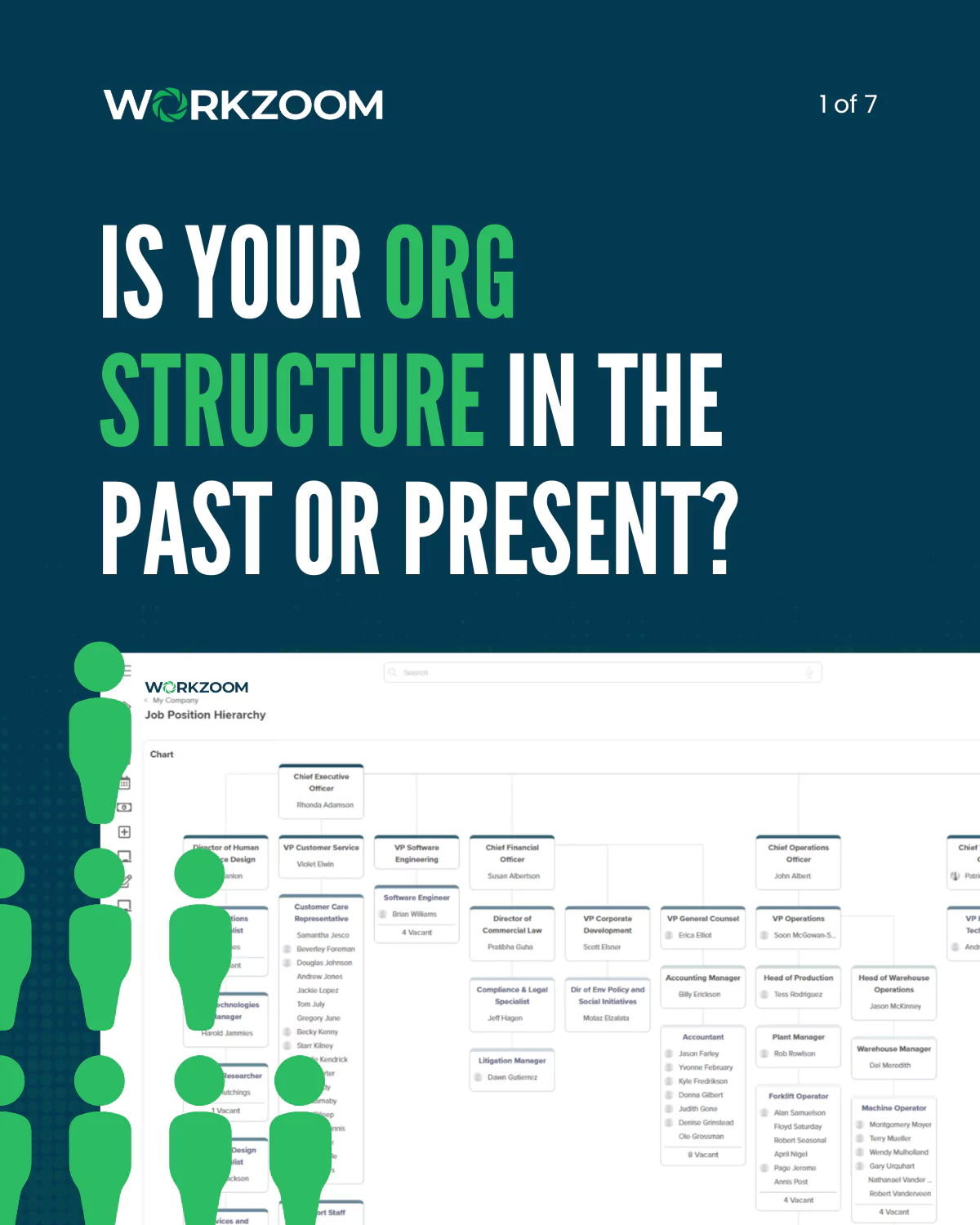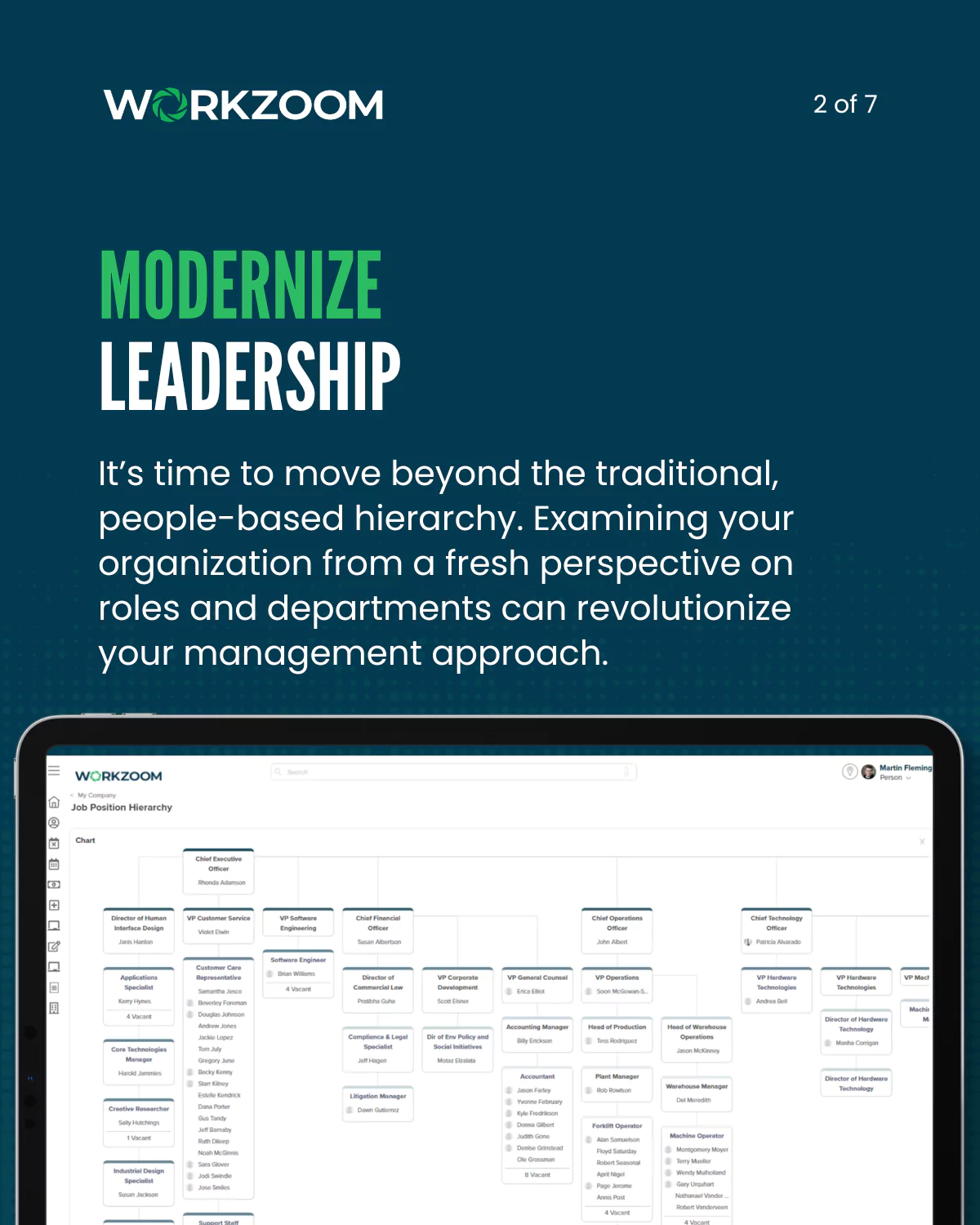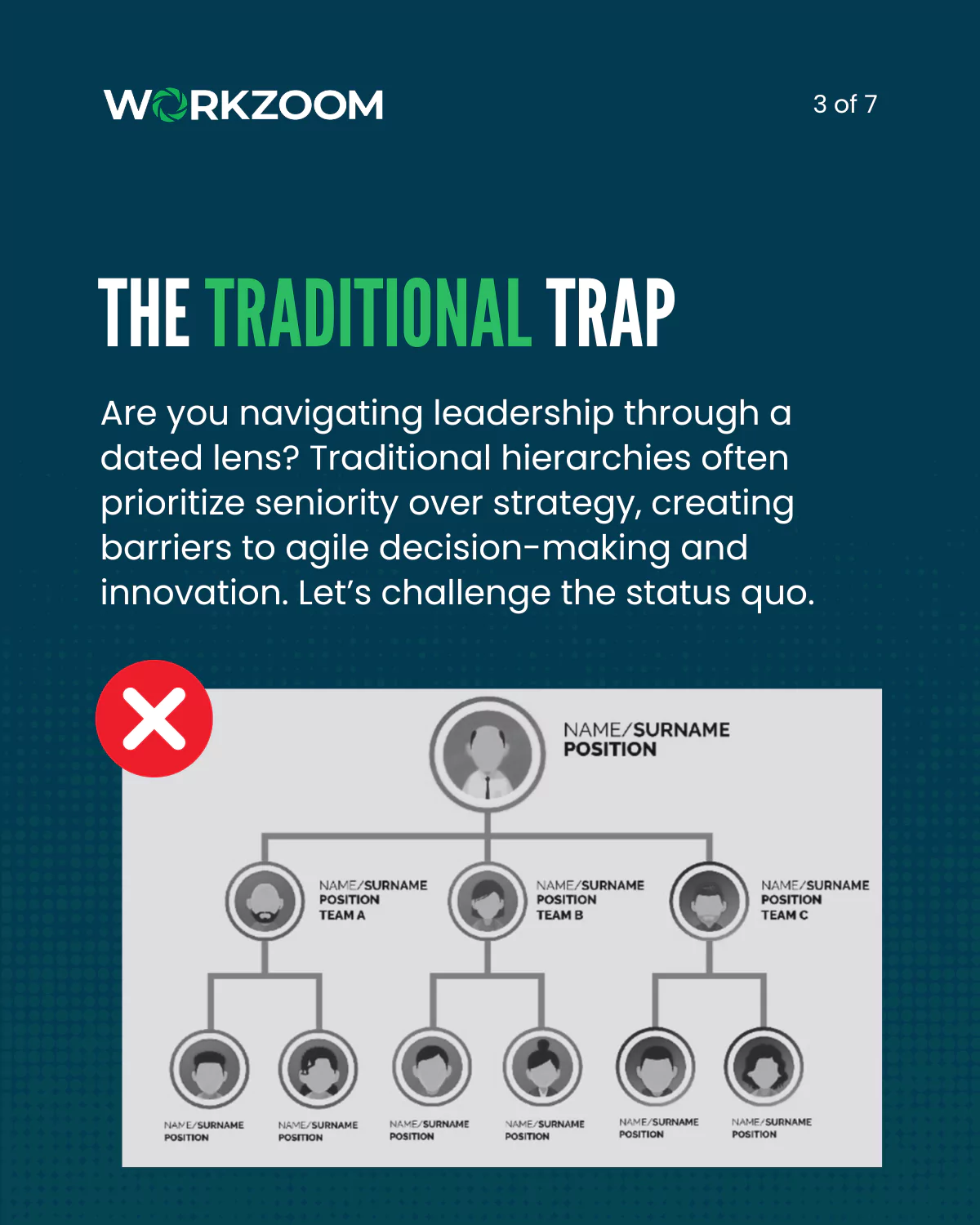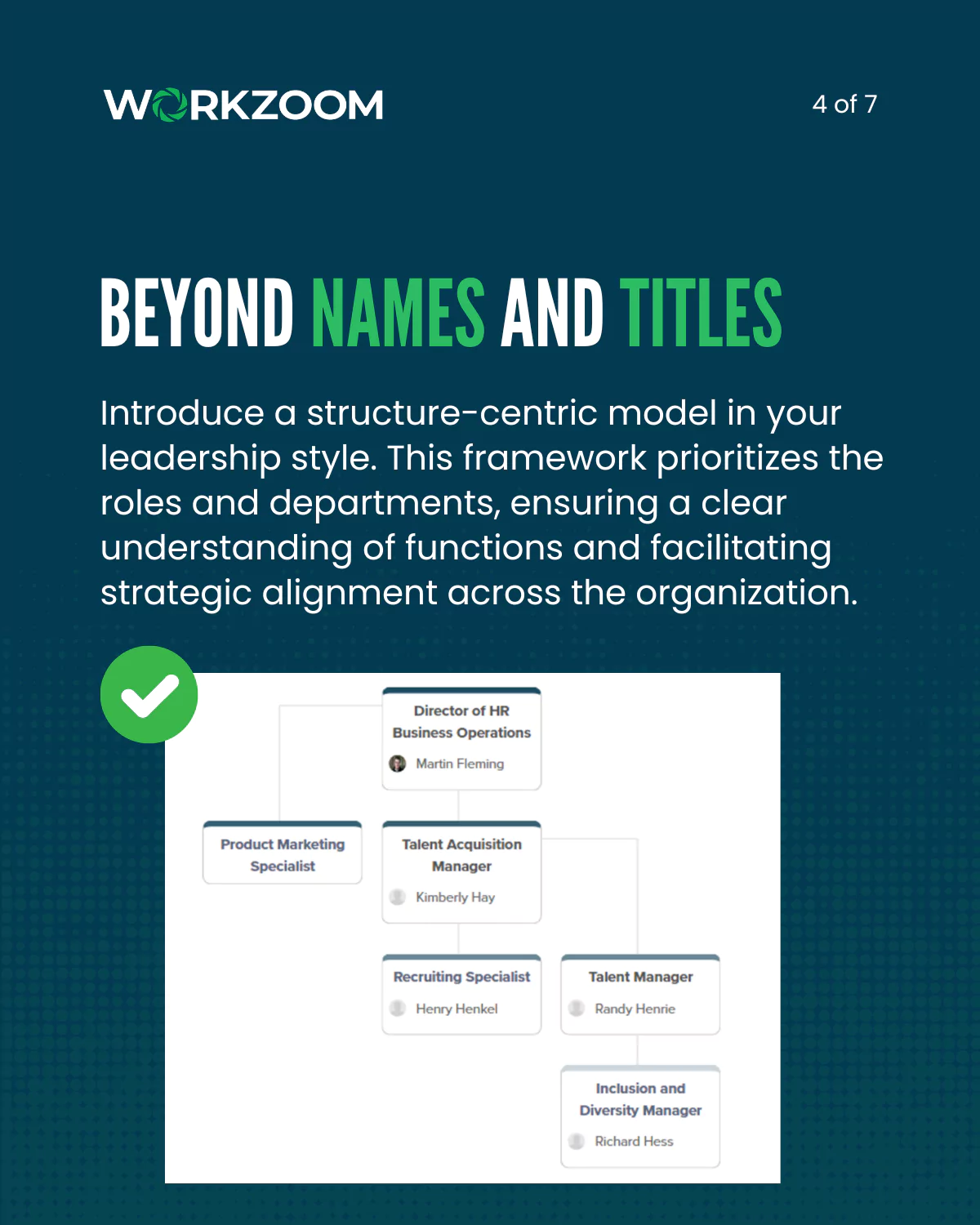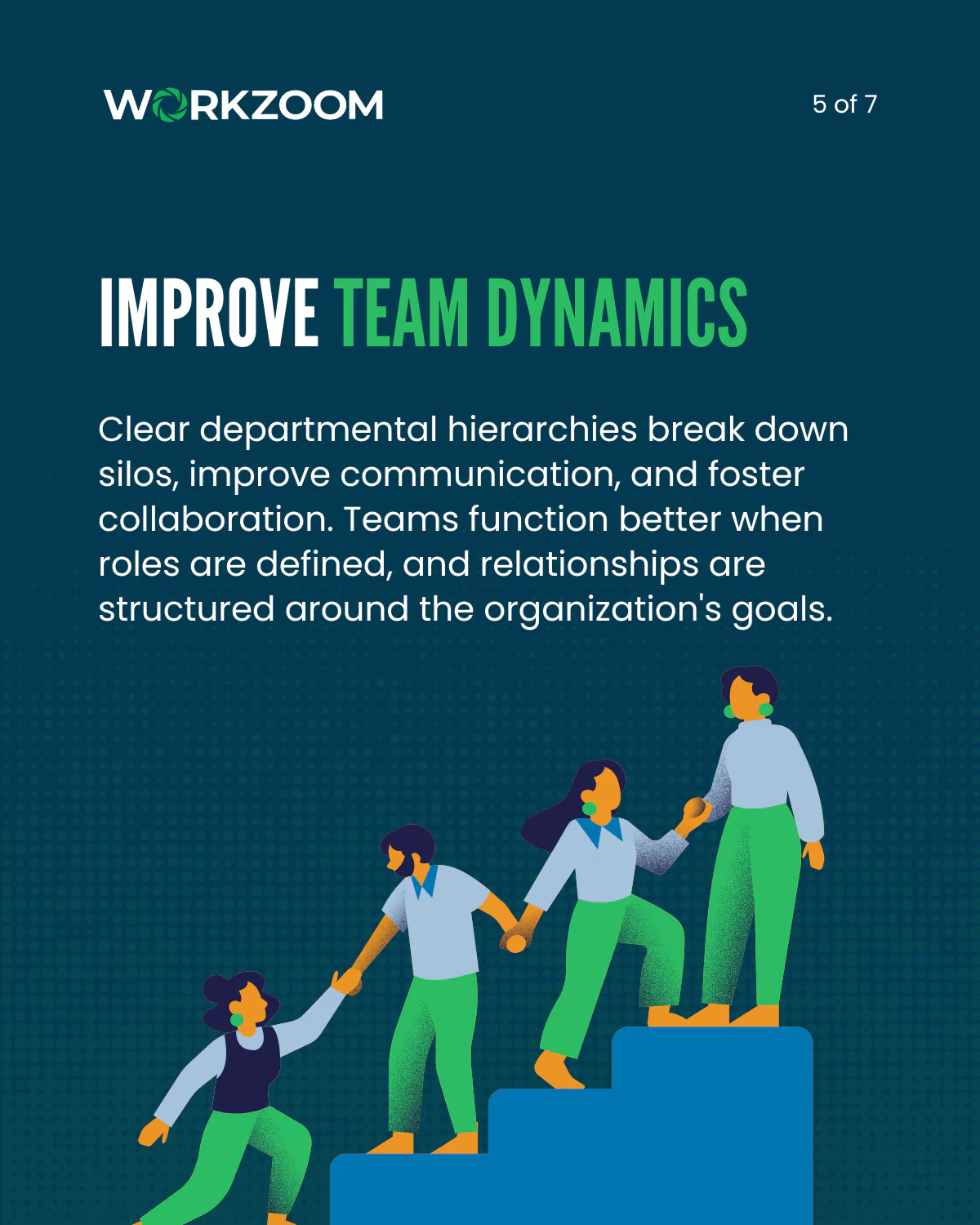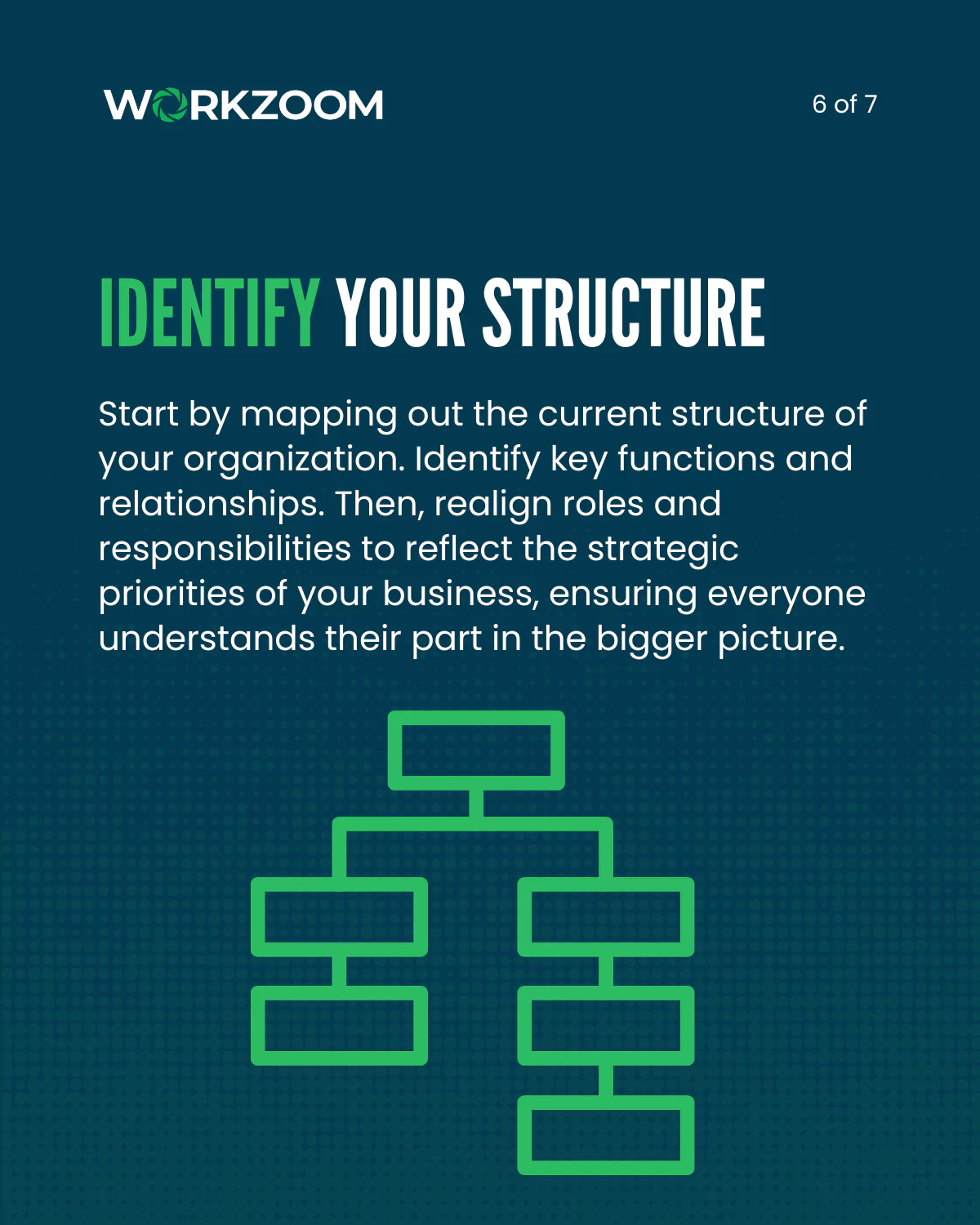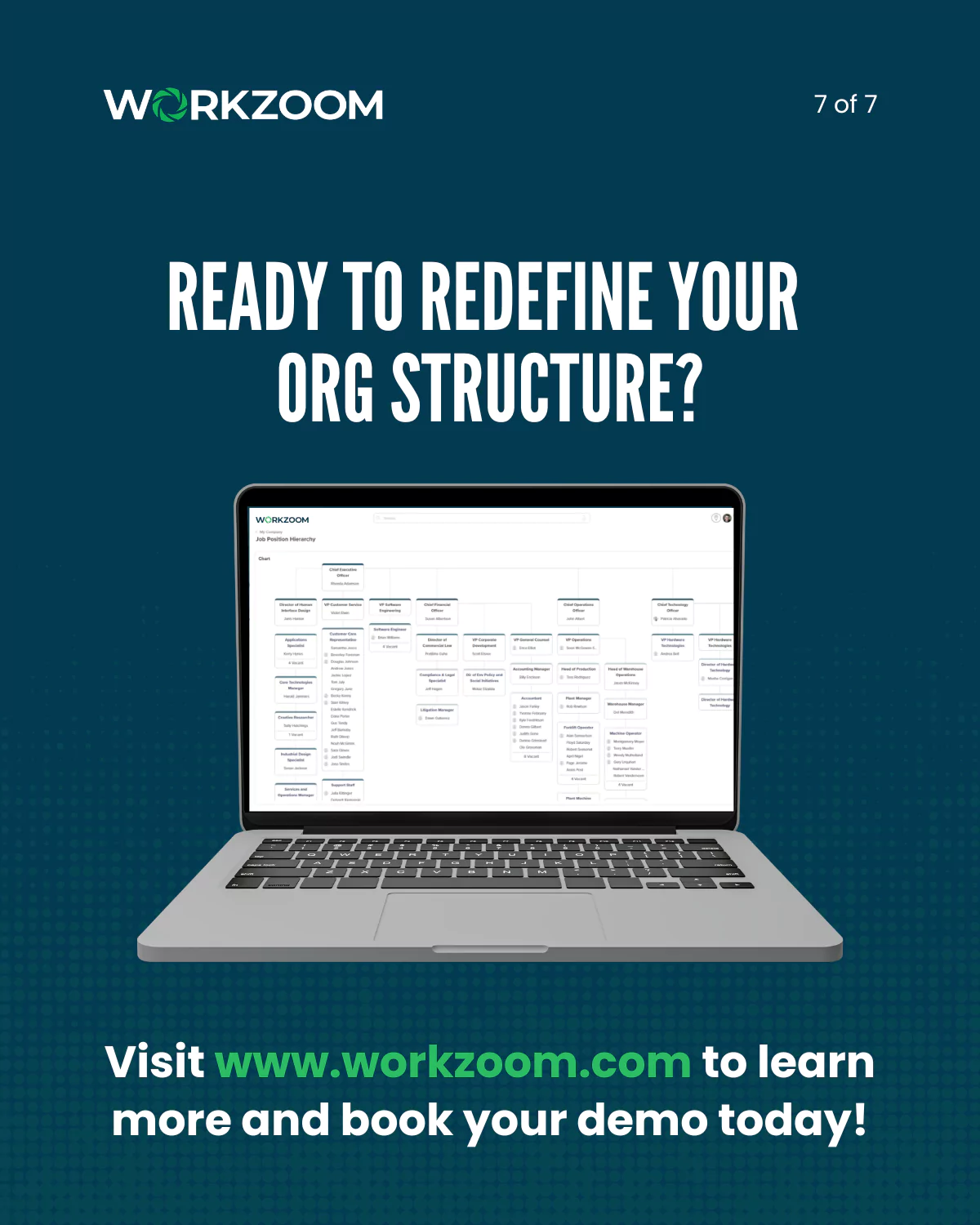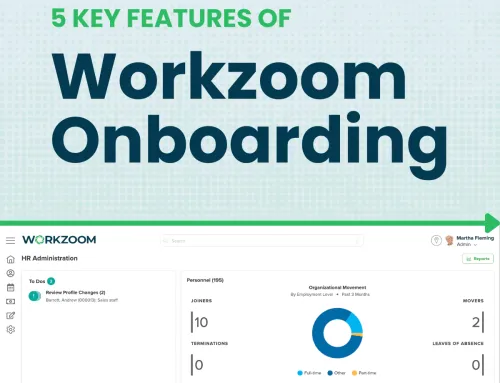The future of leadership is here, and it requires us to rethink how we manage people and structure our organizations. The traditional, people-based hierarchy—where seniority often dictates decision-making—no longer fits the fast-paced, ever-changing demands of today’s business world. It’s time for a fresh perspective. By redefining roles and departments through a structure-centric model, organizations can foster innovation, agility, and better team dynamics. Here’s how you can lead the change and embrace the future of leadership.
The Traditional Trap: Is Your Leadership Model Holding You Back?
Many organizations are stuck navigating leadership through a dated lens. Traditional hierarchies often prioritize seniority over strategy, making it difficult to adapt quickly to change. These rigid structures create barriers to agile decision-making, collaboration, and innovation. Leaders may find themselves weighed down by outdated systems that don’t align with today’s need for rapid growth and flexibility. To thrive, organizations must challenge the status quo and move beyond the confines of conventional leadership models.
Beyond Names and Titles: Prioritizing Structure Over Seniority
What if leadership wasn’t defined by names and titles, but by roles and departments? A structure-centric leadership model does just that. This approach shifts the focus from individuals to the functions they perform, allowing for greater clarity in roles and responsibilities. By prioritizing the structure of your organization, you ensure that departments are aligned with strategic goals, enabling smoother operations and faster decision-making. This model empowers teams to work towards a common purpose, regardless of seniority or title, creating a more dynamic and cohesive workplace.
Improving Team Dynamics
Clear departmental hierarchies improve communication and break down silos between teams. When roles and responsibilities are clearly defined, teams are better equipped to collaborate, leading to improved efficiency and productivity. Structured relationships allow teams to focus on the organization’s goals rather than navigating unclear chains of command. This clarity not only fosters better collaboration but also enhances team dynamics, as each member understands their part in the bigger picture.
Identifying Your Organizational Structure
The first step in embracing a structure-centric model is understanding your current organizational structure. Start by mapping out your company’s key functions and relationships. Take a close look at how roles are distributed and whether those roles align with your business strategy. Then, realign roles and responsibilities to reflect your strategic priorities, ensuring that every team member knows their role and how it fits into the broader organizational goals.
Are You Ready to Lead the Change?
Leadership is evolving, and now is the time to redefine how you manage people and departments in your organization. By moving beyond traditional hierarchies and embracing a structure-centric approach, you can foster a more agile, innovative, and collaborative workplace. Join the movement and be part of the next generation of dynamic leadership.
Ready to Redefine Leadership in Your Organization?
If you’re ready to lead the change and redefine people management, now is the time to take action. Connect with like-minded leaders, share your experiences, and be part of the evolving leadership landscape. Together, we can build a future where leadership is driven by structure, strategy, and innovation.

